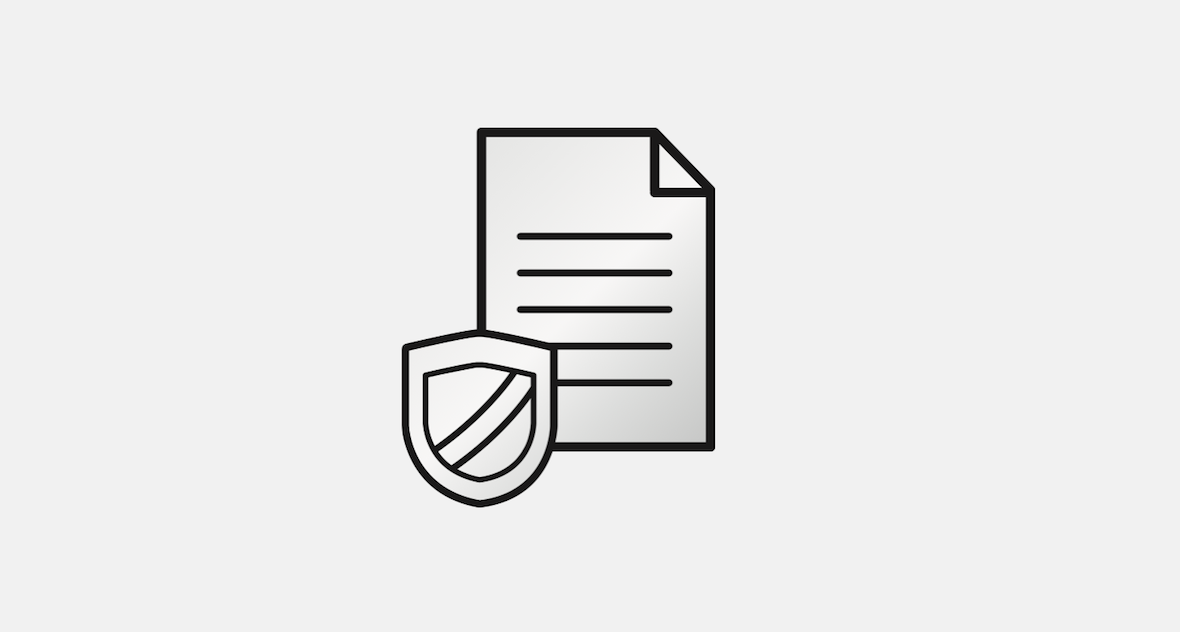

Exercise 1.8 - SELinux
Exercise Description
Let’s move on to Security Enhanced Linux (SELinux). We will cover SELinux basics, Docker SELinux security policy and the "SELinux Coloring Book."
Section 1: Basics of SELINUX
In this section, we’ll cover the basics of SELinux and containers. SELinux
policy prevents a lot of break out situations, where the other security
mechanisms fail. With SELinux on Docker, we write policy that says that the
container process running as svirt_lxc_net_t can only read/write files with
the svirt_sandbox_file_t label.
Step 1. Create the following directories.
mkdir ~/selinuxcd ~/selinuxmkdir dataecho "SELINUX" > data/file1.txtcat data/file1.txtsestatus | grep modeStep 2. Attempt to cat out the file
sudo podman run -v $(pwd)/data:/data fedora cat /data/file1.txtThis action will result in a Permission denied error. You can see the reason by inspecting the folder’s security context:
ls --scontext dataThe label for the data doesn’t match the label for containers. The fix is to
apply the container label to the data by using the chcon tool, effectively
notifying the system that you expect these files to be consumed by containers:
Step 3. Find the selinux file context associated with containers.
sudo semanage fcontext --list | grep kubernetesThe containers should be running at container_file_t
Step 4. Apply the container label to the data, using the chcon tool
chcon -Rt container_file_t dataStep 5. Try to cat out the file again from the container.
sudo podman run -v $(pwd)/data:/data fedora cat /data/file1.txtStep 6. Append text from the container to the file
sudo podman run -v $(pwd)/data:/data fedora sh -c 'echo "Thank You For Attending" >> /data/file1.txt'sudo podman run -v $(pwd)/data:/data fedora cat /data/file1.txtSection 2: Container SELinux Security Policy
The Container SELinux security policy is similar to, and is based on, the libvirt security policy.
libvirt Policy
The libvirt security policy is a series of SELinux policies that defines two methods of isolating virtual machines. Generally, virtual machines are prevented from accessing specific parts of the network. Specifically, individual virtual machines are denied access to each other’s resources.
Red Hat extends the libvirt-SELinux model to containers. The Container SELinux role and Container SELinux types are based on libvirt.
https://github.com/containers/container-selinux - this explains the Container SELinux policy. It is not in layman’s terms, but it is complete.
container_file_t
system_u:system_r:container_file_t:s0:c186,c641
^ ^ ^ ^ ^--- unique category
| | | |---- secret-level 0
| | |--- a shared type
| |---SELinux role
|------ SELinux userThe category system isolates containers from one another.
If a file is labeled container_file_t, then by default all containers can
read it. But if the containers write to a directory that has container_file_t ownership, they write using their own category (which in
this case is c186 , c641). If you start the same container twice, it will
get a new category the second time (a different category than it had the first
time).
Types can be applied to processes and to files.
Section 3: SELinux Coloring Book
Imagine a system where we define types on objects like cats and dogs. A cat and dog are process types:
-
Cat
-
Dog
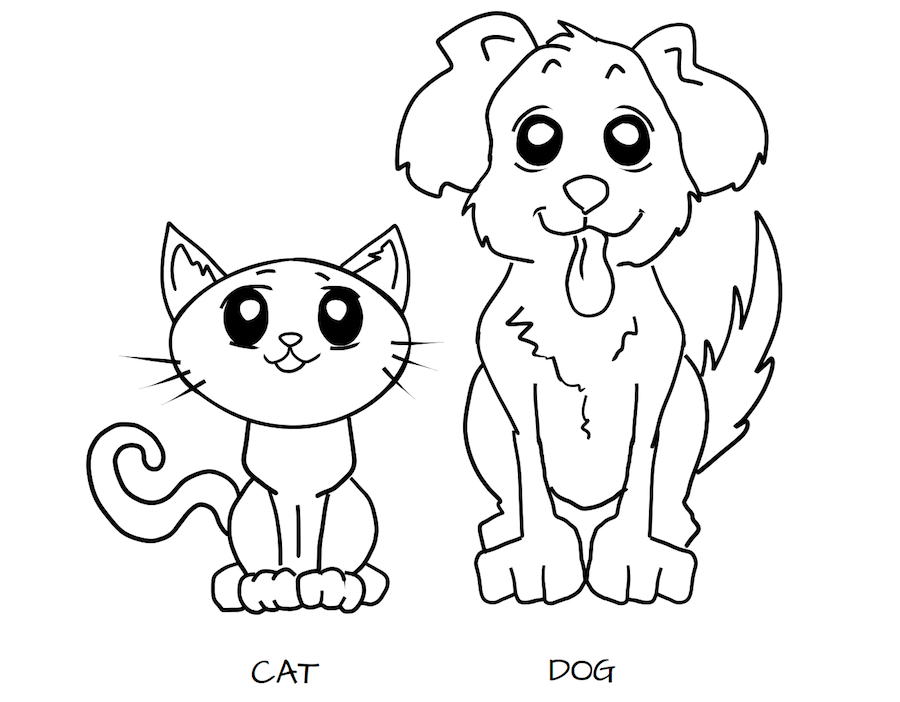
We have a class of objects that they want to interact with which we call food. And I want to add types to the food;
-
cat_food
-
dog_food
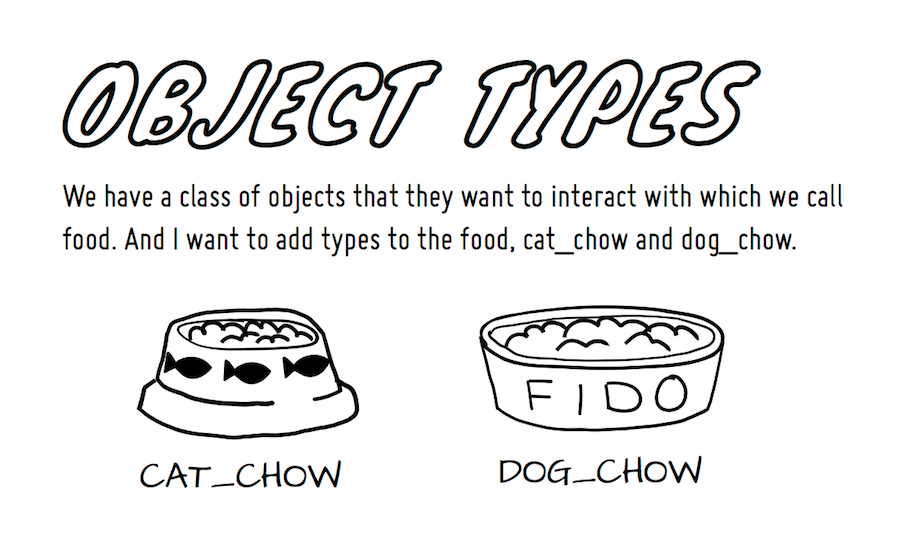
As a policy writer, we would define that a dog has permission to eat dog_chow food and a cat has permission to eat cat_chow food. In SELinux we would write this rule in policy.
-
allow cat cat_chow:food eat;
-
allow dog dog_chow:food eat;
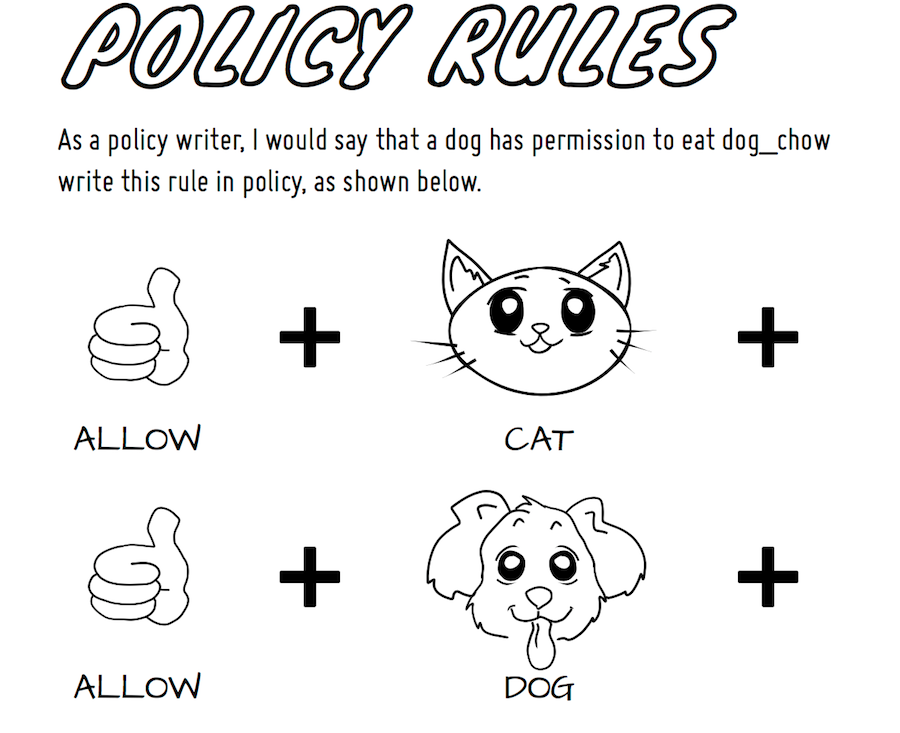
With these rules the kernel would allow the cat process to eat food labeled cat_chow and the dog to eat food labeled dog_chow.
And processes and objects are happy.
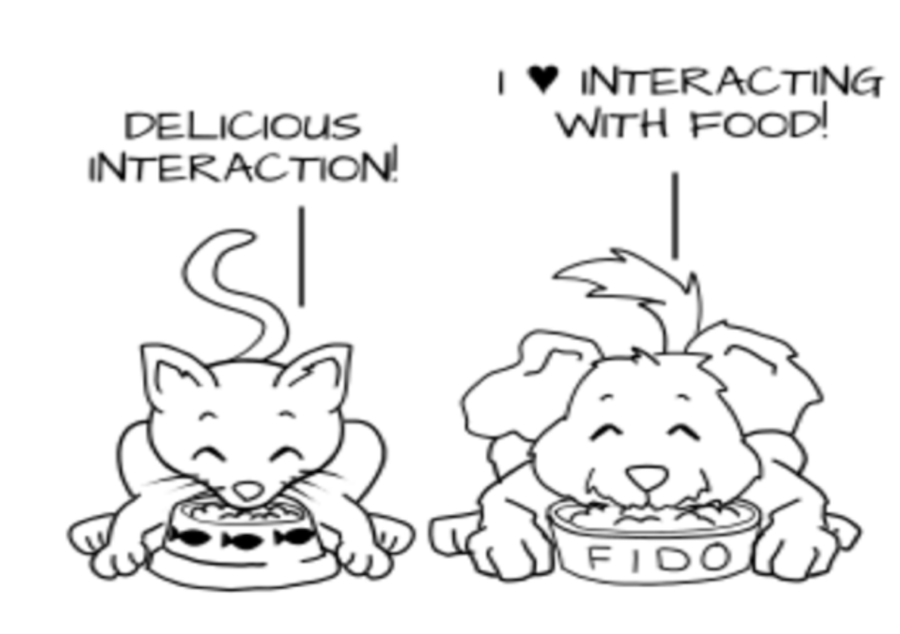
But in a SELinux system everything is denied by default. This means that if the dog process tried to eat the cat_chow, the kernel would prevent it.
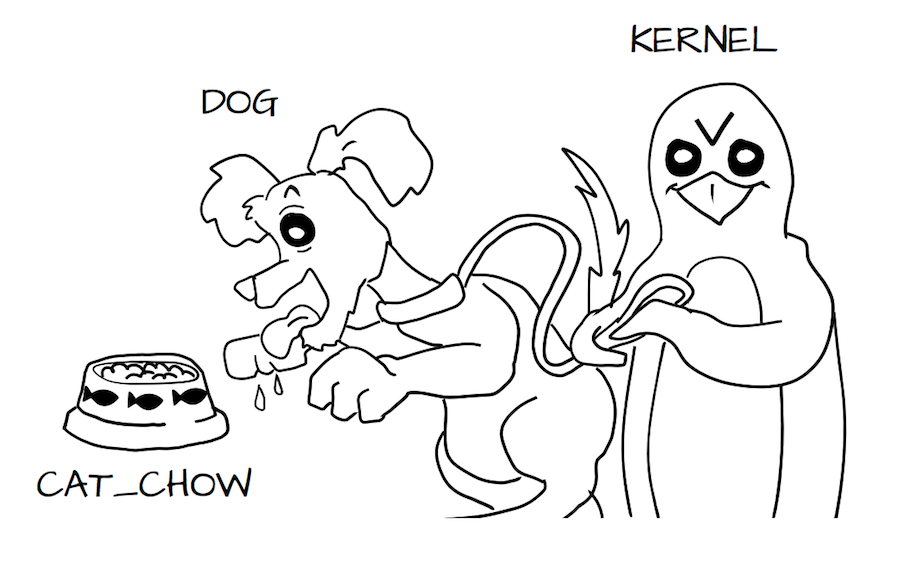
SELinux Resources
-
Security-enhanced Linux for mere mortals - 2015 Red Hat Summit
-
Workshop Details
Domain 
Workshop Student ID